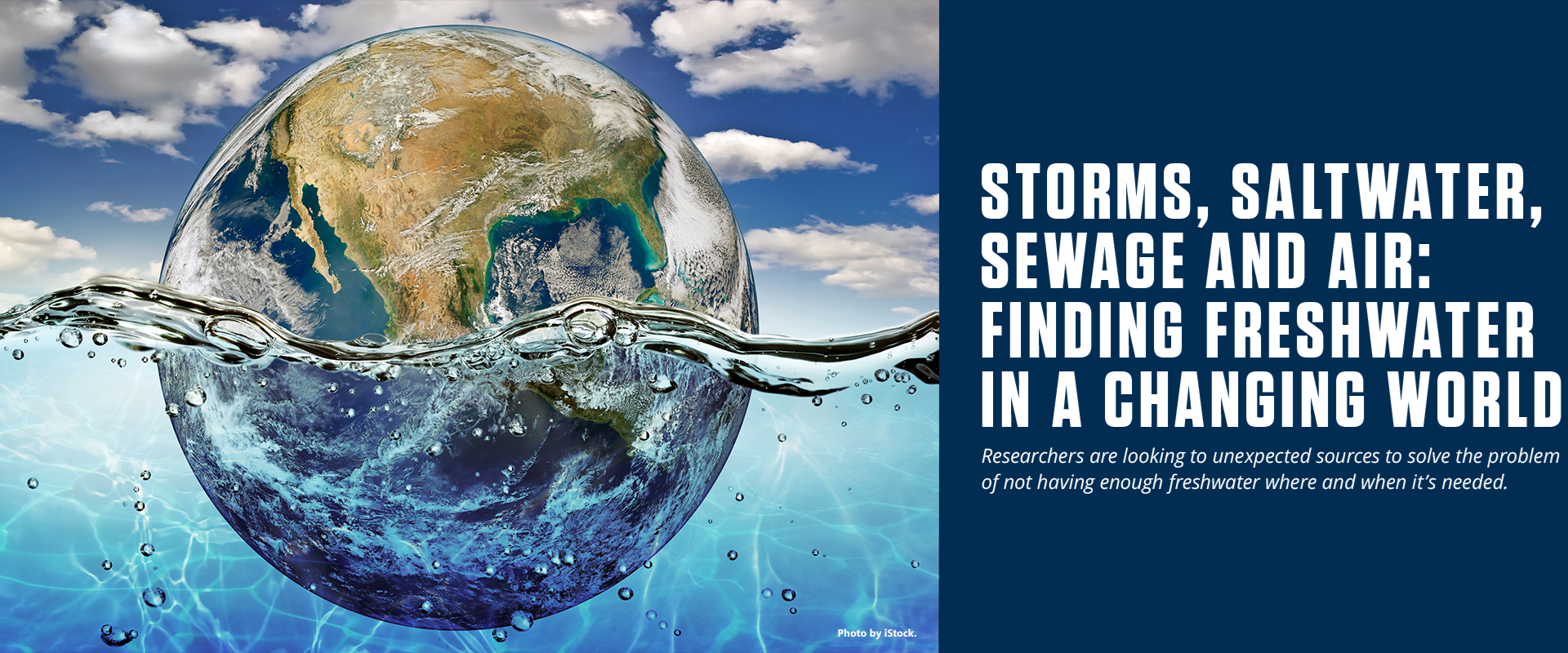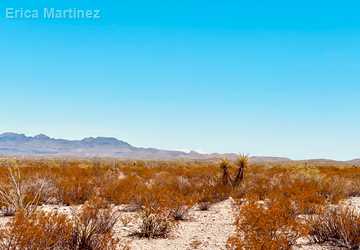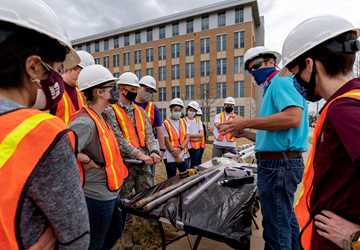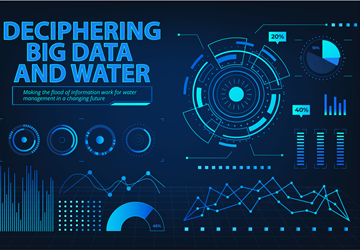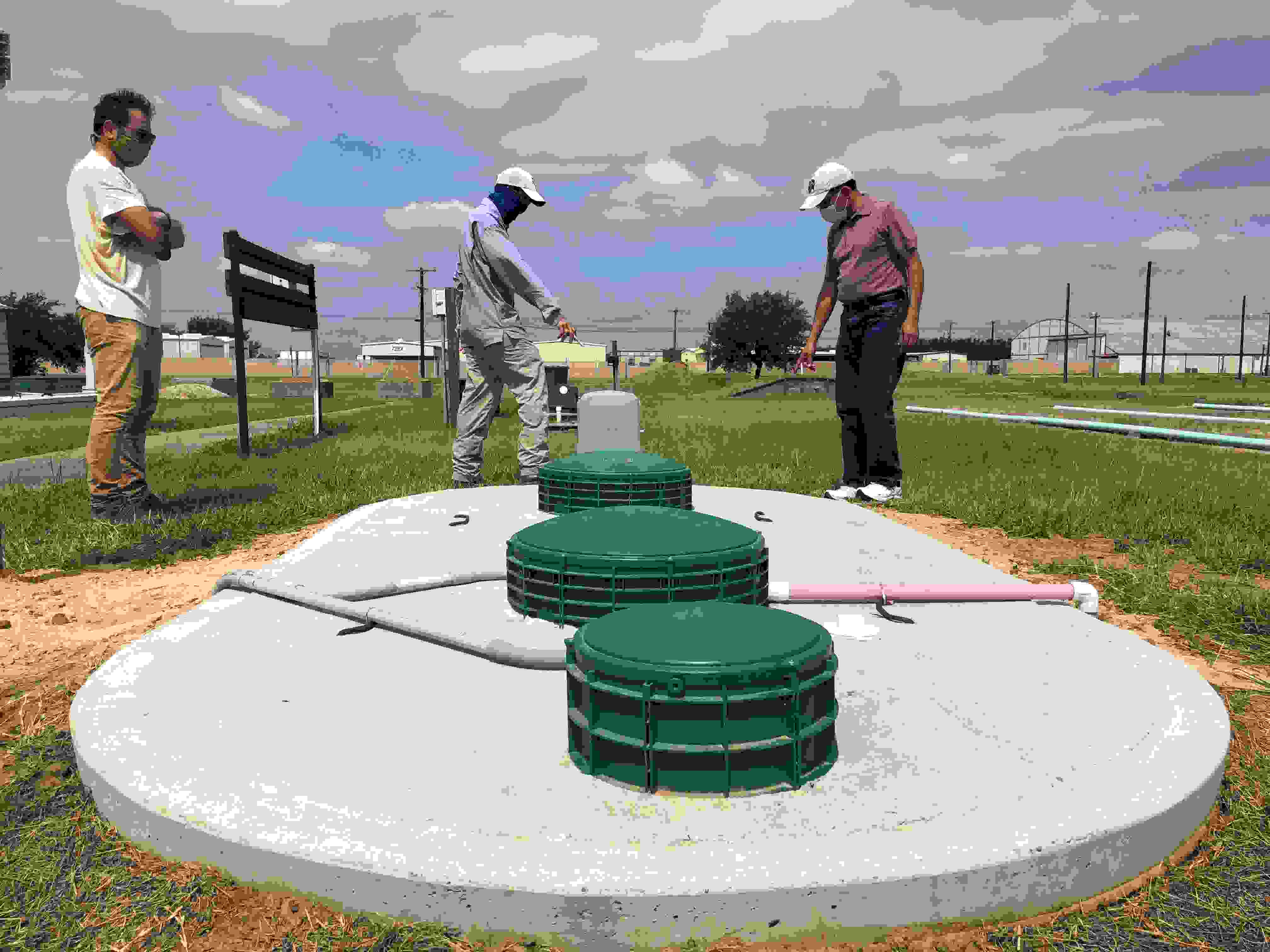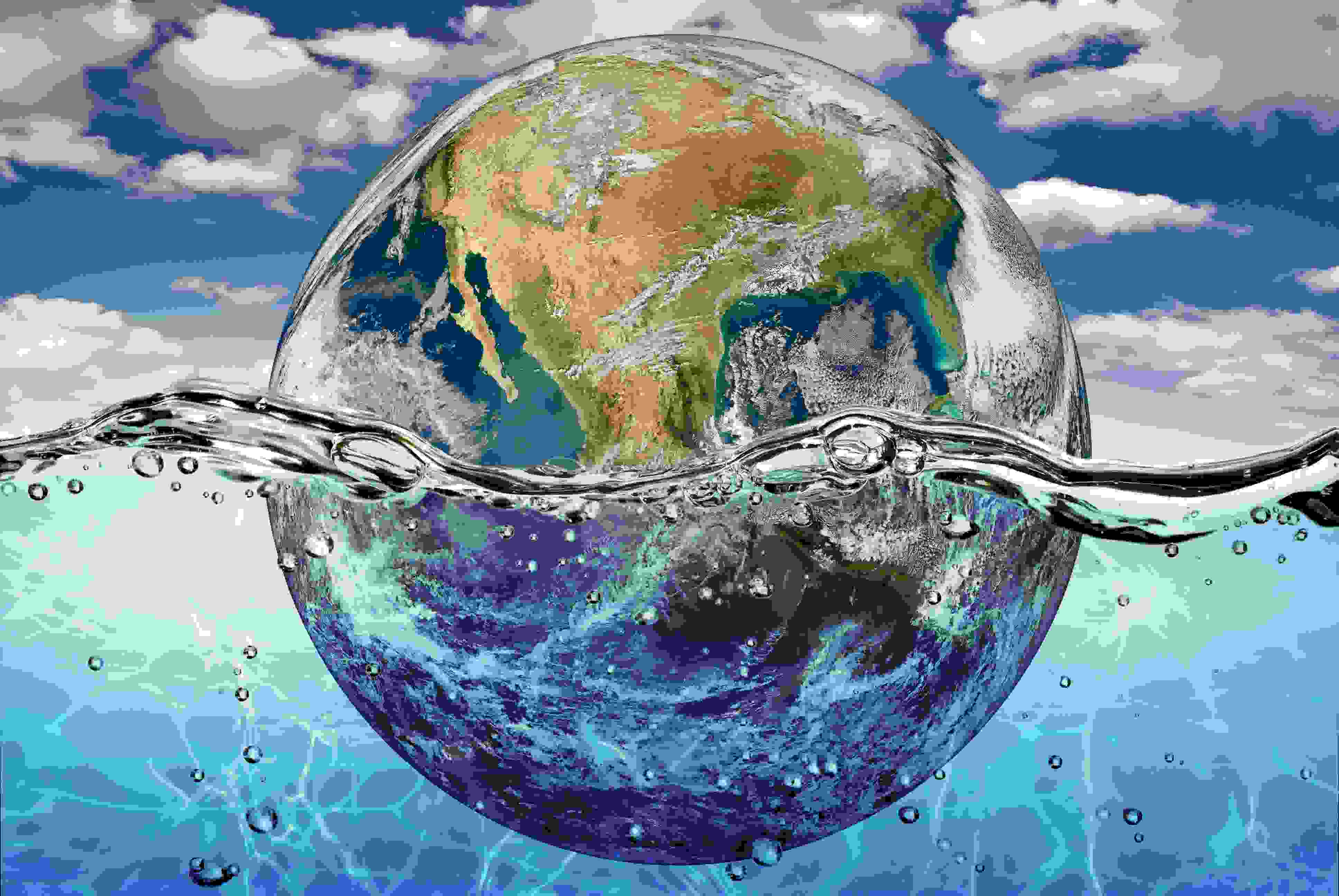All the water that has ever been on Earth — except what’s gone to the International Space Station — is still here in some form. But only 3% of that is freshwater, and only 0.5% of the planet’s freshwater is easily accessible. If all the world’s water fit into a gallon jug, then the easily accessible freshwater would be roughly one tenth of a teaspoon.
The growing global population is using more freshwater, and climate change is causing more extreme droughts and flooding, said Bridget Scanlon, Ph.D., senior research scientist in the Bureau of Economic Geology at the University of Texas (UT) at Austin.
“We are running out of water in some places, and we have more water in other places,” she said.
At a conference of the Stockholm International Water Institute, Scanlon heard the water crisis described as being one of “too much, too little or too polluted.”
Finding more freshwater is therefore “a key scientific challenge” for humanity, said Guihua Yu, Ph.D., professor of materials science at the UT Austin Walker Department of Mechanical Engineering and the Texas Materials Institute.
“As the population grows, and as climate change becomes really concerning, how can we accommodate these growing droughts?” he asked.
To meet that challenge, researchers are looking for freshwater in unexpected places.
Stormwater
Scanlon explained the first place to find freshwater is by looking at the “too much” part of the water crisis: capturing water from storms and floods.
Estimate reading time: 9 minutes
Researchers are looking to unexpected sources to supplement freshwater supplies.
More Information
- How much water can be captured from flood flows to store in depleted aquifers for mitigating floods and droughts? A case study from Texas, US, Environmental Research Letters
- The importance of system configuration for distributed direct potable water reuse, Nature Sustainability
- Super moisture absorbent gels for sustainable agriculture via atmospheric water irrigation, ACS Materials Letters
Want to get txH20 delivered right to your inbox? Click to subscribe.
“Texas has always been subjected to either floods or droughts,” she said. “If you have a problem with a supply-demand disconnect — either a spatial or temporal disconnect — you could try to resolve that by storing water or transporting it. The flood water in much of central and eastern Texas is a great resource.”
Captured stormwater can be used to recharge aquifers in a process called managed aquifer recharge. Aquifers supply much of the drinking and irrigation water for the state, but they have been used faster than they are naturally replenished. Current managed aquifer recharge technologies using stormwater could bolster the stores of aquifers.
There’s been interest in taking advantage of stormwater in Texas. In 2019, Scanlon coauthored a study with Qian Yang, Ph.D., Bureau of Economic Geology research associate, quantifying how much stormwater could be captured from high water events in Texas rivers from 2015 through 2017.
Scanlon and Yang found that the amount of water flowing in 10 major Texas rivers during high-flow events was nearly as much as the capacity of Lake Mead, the United States’ largest reservoir.
“That water represented more than the state was using in a particular year, you know, the average water use, if we could capture the water from those three years,” Scanlon said.
We are running out of water in some places, and we have more water in other places. ... If you have a problem with a supply-demand disconnect — either a spatial or temporal disconnect — you could try to resolve that by storing water or transporting it.
Bridget Scanlon, Ph.D.Saltwater
The second unexpected place to find freshwater is saltwater. Some countries in more arid parts of the world have already turned to desalination to meet demand for freshwater.
Desalination is done in one of two ways. In thermal desalination, saltwater is heated up, and the resulting water vapor is condensed and collected. In reverse osmosis desalination, saltwater is pushed through a series of membranes at high pressure to remove salt and other contaminants.
Desalinated water can be used for drinking water, as it is in Israel, where desalination is expected to provide 85-90% of the country’s municipal and industrial water by the time its next two desalination plants are completed. Scanlon said that desalinated water can also be used for agricultural purposes, even if it’s not treated up to drinking water standards. Even without desalination, brackish water can be used for industrial purposes, which in turn leaves more freshwater for other uses.
Desalination accounts for roughly 1% of the world’s freshwater, but its use is growing. In Texas, there are more than 50 desalination plants that treat brackish groundwater and surface water. This can produce over 150 million gallons of water per day for municipal use. There are no operational seawater desalination plants in Texas, but several projects are in progress on the Gulf Coast.
Sewage
A third source of freshwater is sewage, or municipal wastewater.
Over 75% of usable water can be recovered from wastewater, in contrast to 20-50% water recovery from seawater, said Qilin Li, Ph.D., professor at Rice University and co-director of the Nanosystems Engineering Research Center for Nanotechnology Enabled Water Treatment. And unlike stormwater, wastewater is essentially always available, so it can be harvested at a steady rate.
[By reusing wastewater], you can reduce the uncertainty in your water, and you can reduce discharge of waste streams into your natural aquatic system.
Typically, wastewater is treated up to a level that the effluent — treated wastewater — is safe enough to be discharged into waterways.
“What you do in wastewater reuse is you take the effluent from the existing municipal wastewater treatment plant, and you further treat it to a much higher quality,” Li said.
That fully treated water can then be distributed through the same water system as conventional water sources, such as surface water and groundwater. When the water goes straight from the wastewater treatment system to the drinking water treatment system, that’s called direct potable reuse. Li said that direct potable reuse is the simplest and most affordable method for reusing wastewater.
In a 2020 study, Li and others used Houston, Texas, as a model to test how reused wastewater could supplement existing water sources. They found that reusing wastewater could decrease the need for existing water sources by nearly a third. Though it would increase short term costs, it would save money and energy in the long term.
“In the long term, you can reduce the uncertainty in your water supply, and you can reduce discharge of waste streams into your natural aquatic system. And overall, you can potentially save some energy, which will help reduce the carbon footprint of the water system for the city as well,” Li said.
Air
Another source of water is all around us, said Xianming Dai, Ph.D., assistant professor of mechanical engineering at UT Dallas.
“Air is everywhere,” he said. “Researchers show that there is over six times the amount of water in vapor around our planet than in all the rivers. Six times. That’s enough for many purposes, if we can have good technology to harvest water from air.”
Dai, who studies the surfaces used for harvesting water from air, said researchers’ inspiration for harvesting water from the air came from seeing what already was happening in nature.
“They found that in the desert, a beetle collects water from fog for survival. Nature is smart,” he said. “We wanted to get inspiration from nature.”
Water can be harvested from the air by condensation: Water vapor condenses into water droplets on a cooled surface and drips into a collection reservoir. The water condensed from the air is clean, as long as the condensing surface is clean, and the water can be used for drinking or irrigation.
Water harvested from the air can also be used more directly for irrigation using “self-watering soil,” Yu said.
Self-watering soil is soil that has been coated in super moisture absorbing gels, which Yu and his research team described in a 2020 study. One component of the gel absorbs moisture from the air, while the other is thermoresponsive, meaning that it absorbs water when the temperature is cooler and releases water when the temperature is higher.
“You can think about the gel kind of like a slowly absorbing sponge,” he said. “The gel-coated soil harvests the moisture from the air and stores the water, particularly in the humid and cold night. Then when the sun rises and it heats up, they can release water slowly. So it’s very efficient.”
Because the gel is coated onto soil, the water collected by the gels is released into the soil. Each kilogram of self-watering soil can absorb roughly 3-4 kilograms of water, “so it’s actually more than enough for many of the common kinds of crops to grow,” Yu said.
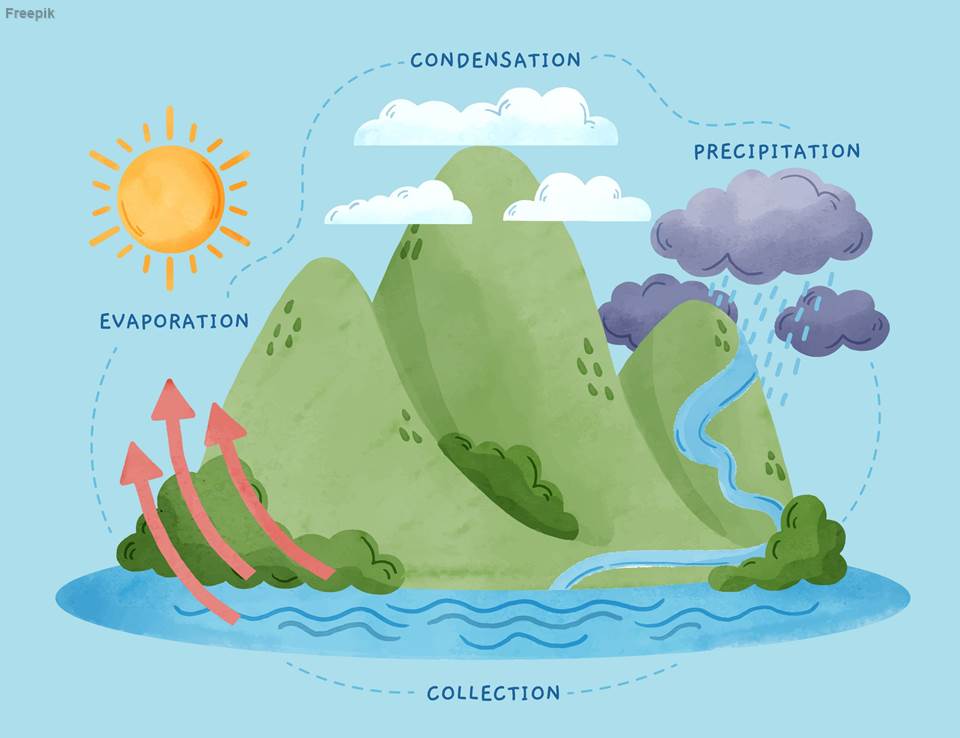
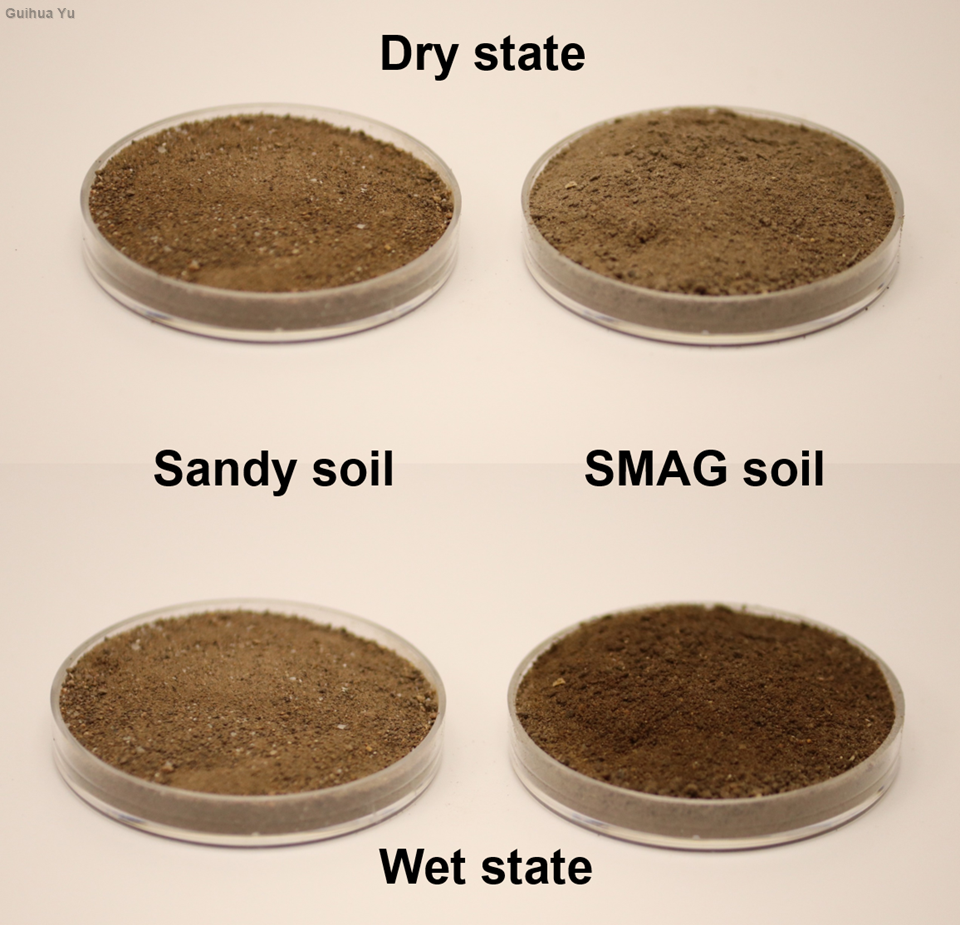
Being prepared for that uncertain future will depend on “whether we’ve done our homework.”
Bridget Scanlon, Ph.D.Getting ahead of the curve
Cost, public opinion and the limitations of materials have always complicated the use of alternative water sources, but barriers are coming down slowly but surely.
For example, in 2020, researchers found that if the membranes used in desalination have more uniform density — down to the nanometer scale — they are far more energy efficient and therefore more cost-effective. Dai and his research team also recently discovered a phenomenon called the coarsening effect, which helps tiny water droplets coalesce, solving a major problem for harvesting water from air.
Both discoveries are useful across multiple freshwater sources. Dai’s discovery can be used to improve thermal desalination as well as harvesting water from air, and the desalination membrane discoveries can also benefit stormwater and wastewater treatment.
Still, each source of freshwater has more work ahead to make it broadly usable.
Scanlon said that Texas-specific pilot studies are needed to demonstrate that stormwater can be used effectively as a water source in Texas, and both wastewater and stormwater reuse will require building more infrastructure. Li said that implementing wastewater reuse will require helping the public get over the “yuck factor,” as well as overcoming communication barriers.
“There is still a huge gap between what we think can be done and what municipalities are willing to do or think they’re ready to do,” she said. Researchers need to connect with decision makers and the general public so that everyone is on the same page about the problems and the solutions, she said.
Having more freshwater solutions is necessary now, Li said, because more change is coming.
“There are many places in this world that don’t have enough freshwater resources that are nearby and accessible and at a low cost,” she said. In those places, water reuse is already needed. Elsewhere, climate change and population projections show that water reuse will be needed in the future.
Being prepared for that uncertain future will depend on “whether we’ve done our homework,” Scanlon said. But, Li said, there’s an opportunity to get ahead of the curve.
“This is why we are thinking about how we can prepare,” Li said. “Cities that are already using alternative freshwater sources, they’re doing it out of necessity. But many other cities, they have a chance to do this right, to design a system we can optimize in multiple different ways.”
Explore this Issue
Authors
As a communications specialist for Texas Water Resources Institute, Chantal Cough-Schulze worked with the institute’s communications team writing articles for and editing txH2O magazine and TWRI's news section, developing TWRI multimedia materials and editing reports and education and outreach materials. She also served as the managing editor for the Texas Water Journal.

